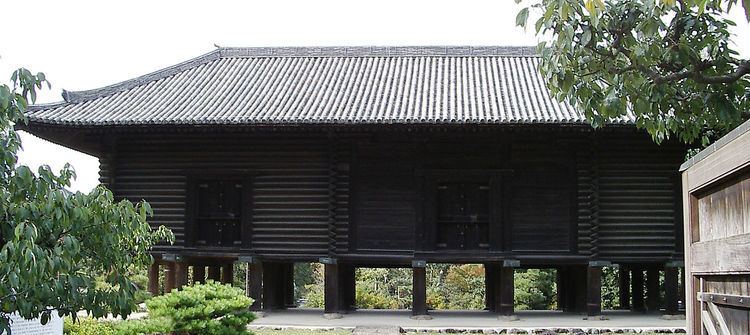645–650 Taika 686–686 Shuchō 704–708 Keiun | 650–654 Hakuchi 701–704 Taihō 708–715 Wadō | |
 | ||
Bun'ei (文永) was a Japanese era name (年号,, nengō,, lit. "year name") after Kōchō and before Kenji. This period spanned the years from February 1264 to April 1275. The reigning emperor was Kameyama-tennō (亀山天皇).
Contents
Change of era
Events of the Bun'ei era
References
Bun'ei Wikipedia(Text) CC BY-SA
